Several years ago, I accidentally drove onto a military base with a carful of drunkards on a brewery road trip. We’d been skunked on my attempt to visit Indian King Tavern, so I thought a visit to the memorial site of the Hindenburg Disaster would make up for it. As I said, drinking was involved. This was somewhere after a 21 beer flight at Triumph Brewing and before cheese steak egg rolls at Iron Hill brewpub, and while I was merely sipping as the driver, my judgment was impaired.
The airman at the security gates for Joint Base McGuire-Dix-Lakehurst was not amused. They had to take my ID even if I just wanted to turn around. My driving was not impaired, and I made it through the wavy barriers meant to dissuade suicide bombers with aplomb. We sallied onward to Forgotten Boardwalk and Flying Fish Brewing, and I felt a pang of regret that I could not inject history tourism into our boozy endeavor.
We were further annoyed that Indian King tavern was in a dry town, and even today you can only drink at the nearby King’s Road Brewpub, who make a fine Black Musket Stout. (You can read about my visit to the tavern where the Revolution was plotted here.) The pandemic put the kibosh on my plans to visit the site of that infamous aerial disaster, but last year the Navy Lakehurst Historical Society held tours again, and I went through the onerous process to sign up and visit. You need to begin a few weeks in advance, and supply your driver’s license ID number and state.
You meet at a church. The Cathedral of the Air, it is called, and its stained glass and stations of the cross are dedicated to those who died serving on airships. This church is on Department of Defense land, and you can only visit during this tour. It is a solemn place.
From there, you follow in your car to the base, and have to show ID to the guards. Once you get through, it’s a short ride to the memorial, past an enormous hangar where airships were stored, including the Hindenburg. The memorial is marked by a lone wind vane shaped like the zeppelin which exploded there in 1937. The crash site is now a parking lot, with the memorial roped off with anchor chains so no one drives over it.
At first, this seems disrespectful, like paving over where United 93 crashed. And maybe it is. The crash site was an open field with a mooring mast that no longer exists. There are some concrete blocks in the distance that may mark where the mast once stood. So I’m not sure that a memorial in a grass field is any more respectful than one paved so you can easily reach it to pay your respects.
Needless to say, like the church, it is also a solemn place, made so by the emptiness all around you. You can see the cyclopean hangar (how I love that word) off in the distance, and some jets on a corner, near a mess hall. There wasn’t much activity at the base while we were there, but they do train in everything from small arms to heavy munitions, and they keep a schedule, because you can hear them an hour away, where I live. There is also a bombing range in Warren Grove in the Pine Barrens, surrounded by those famous dwarf pines. (I was just in that area on a Subaru trail ride to some sand pits for off-road fun, and you will see that in a future post).
The Hindenburg disaster still looms in the minds of those who grew up near Lakehurst. A ninety-year-old woman attending the tour told us she remembered seeing the smoke and hearing sirens. And much younger people recall visiting the site before there was a memorial, and before it was engulfed by the base. It will be 85 years ago this year, but it was one of the first disasters of its kind to be recorded on film with live commentary: the famous, “oh, the humanity.” The massive swastika-embossed airship’s demise remains a historical milestone of the 20th century, in technology, travel, war, and human tragedy. The disaster ended the era of airships in an instant. One day, they were taking travelers from Germany to as far as Brazil and the Empire State Building’s spire was designed as a mooring mast, and the next, the zeppelins were turned into museums and retired from service.1
35 people were killed; 13 passengers and 22 crew of the 97 people aboard, and one member of the ground crew. At the memorial site the Navy Lakehurst Historical Society recounts the disaster, from the cause to the aftermath. Some jumped, some didn’t. Depending on what end of the passenger gondola you were in, your fate was sealed.
In our culture, the disaster has become more of a joke than a tragic memory. The impassioned commentary of Herbert Morrison, which is emotional to listen to even today, has been cut out of context, mimicked and ridiculed for decades, from internet memes to the cover of the first Led Zeppelin album, to the hilarious WKRP in Cincinnati Turkey Drop episode. He was broadcasting for radio; his speech was later imposed over newsreels, giving a false sense that there was live video coverage of the event. You can listen to it below.
Here is footage of the disaster without the dramatic music imposed on the U.S. newsreels, which take away some of the pure terror:
After the emotional recounting of the disaster, you drive back to the hangar parking lot and follow inside for the tour. You can see a gondola of another similar airship, and the rigging inside that mechanics used to inspect and repair these enormous airships. The 803 foot, ten inch long Hindenburg had its tail shortened by 11 feet so it could fit in this particular hangar, as Lakehurst had one of the few hangars in the world that could accommodate it.
The interior of the hangar is now home to CALASSES, the Navy’s Carrier Aircraft Launch And Support Systems Equipment Simulator: a miniature aircraft carrier deck and machine room used for training carrier personnel. It is the only one in the United States. And if you go for the tour, you can climb up and walk all over the deck with its cables and whatnot, and even fall to your death if you aren’t careful.
For the less intrepid2, you can tour the small museum inside it, with miniature planes and ships, uniforms and gear, and listen to lectures by the learned guides. I opted to climb all over it with one of the old-timers who was happy that I was interested in hearing all he had to say. Which was a lot. But I learned a lot, too. And I find it interesting to converse with people who dedicate much of their time to honoring history, even military history, which doesn’t fascinate me as much as let’s say, neolithic history.
They also have a small gift shop, and Founding Members will receive a postcard with a zeppelin, airship, or photo of the hangar this month! If you’d like to support my writing and travels, I am offering a 20% annual discount FOREVER. Substack usually wants 5 bucks a month/50 bucks a year, but it’s 40 bucks a year with this link, and you’ll be able to renew at that price forever:
If you want to get a postcard from me every month, join at the Founding Member level, which is anything over $60 a year (it will say $100, but you can change it manually). Some of the cards I send cost more than five bucks, like the weird ones from the Whitney Museum that will go out in February! You will also need to reply to this email and give me your mailing address.
And you don’t need to pay to get a reply from me. Send a postcard or letter to the P.O. Box at the bottom of this email, with a return address, and I promise you will get a reply in return. If I like it enough, I may even use one of my precious metallic Moon Landing or Solar Eclipse stamps! I only have a few left.
The high winds at the top of the Empire State Building led this idea to be abandoned, but imagine.
See what I did there? You can also walk a real aircraft carrier deck if you visit the U.S.S. Intrepid.




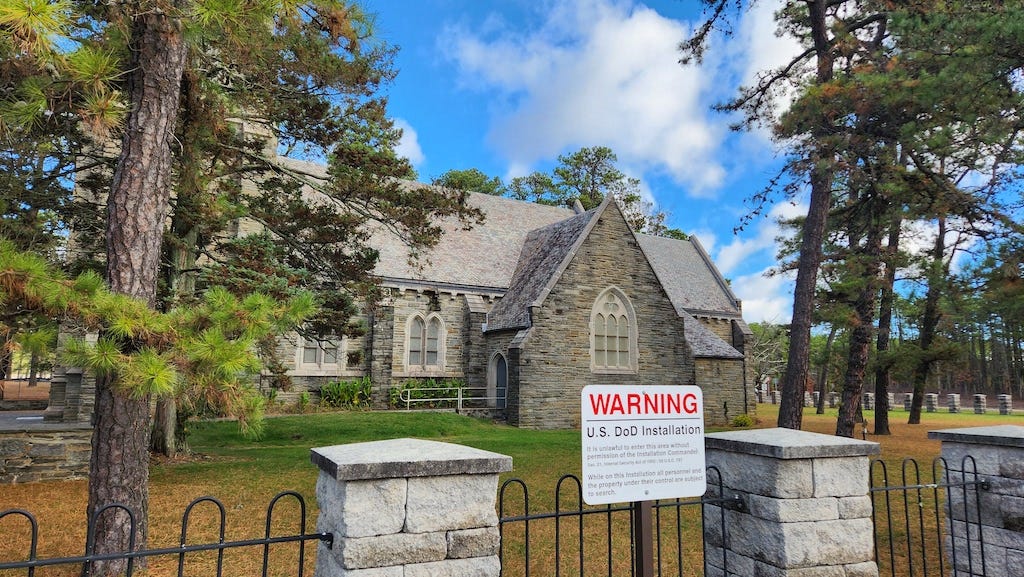
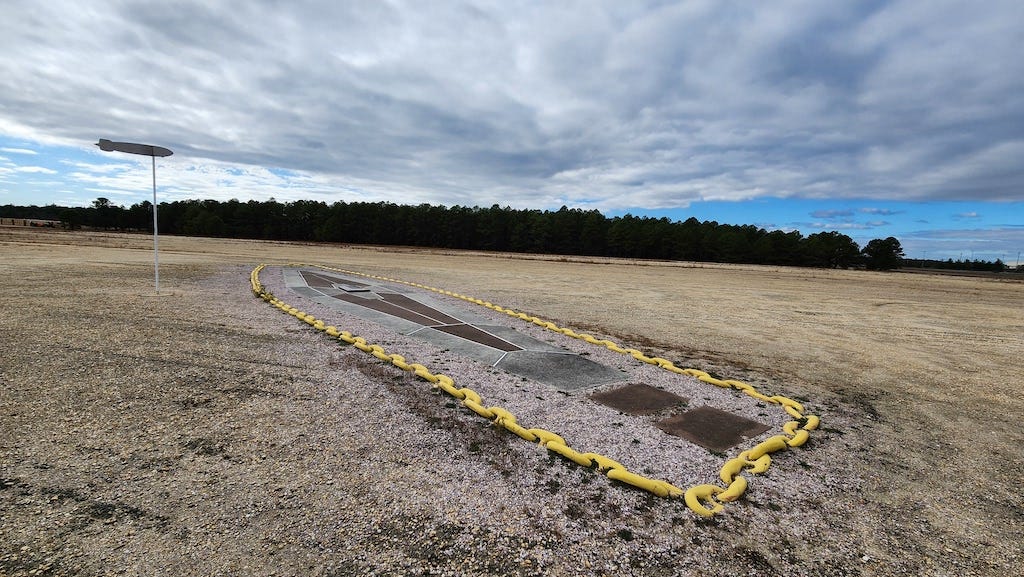
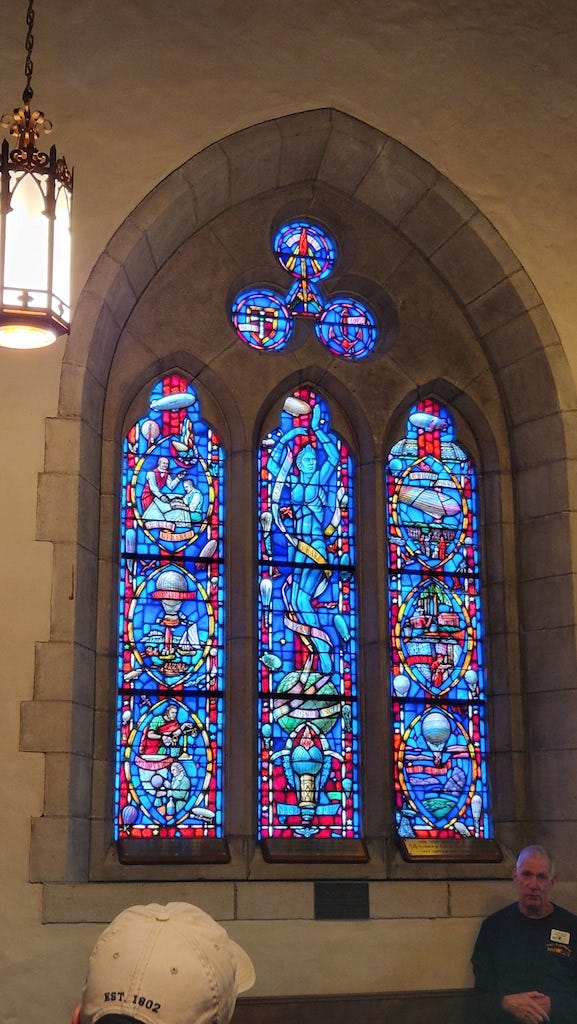
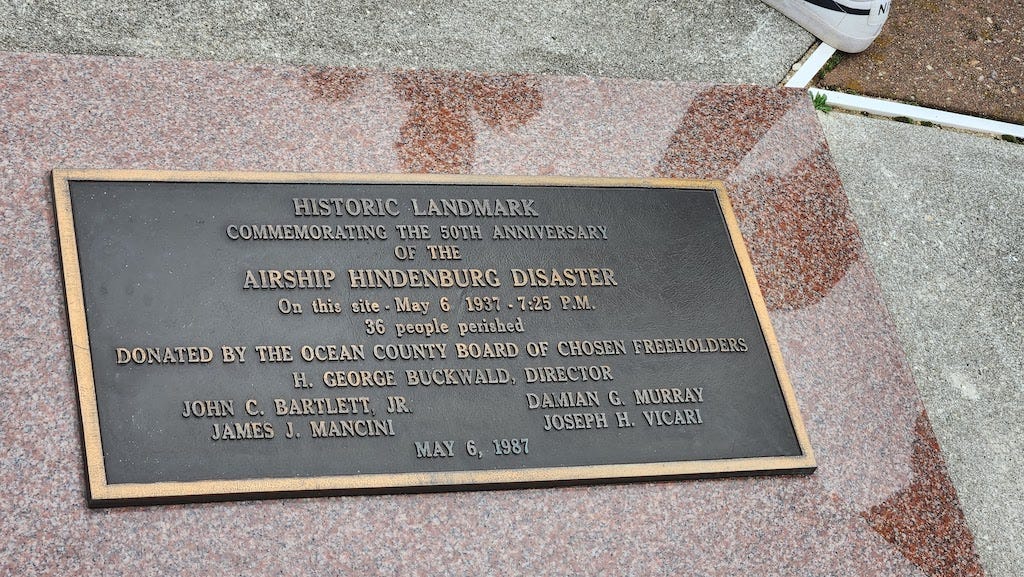
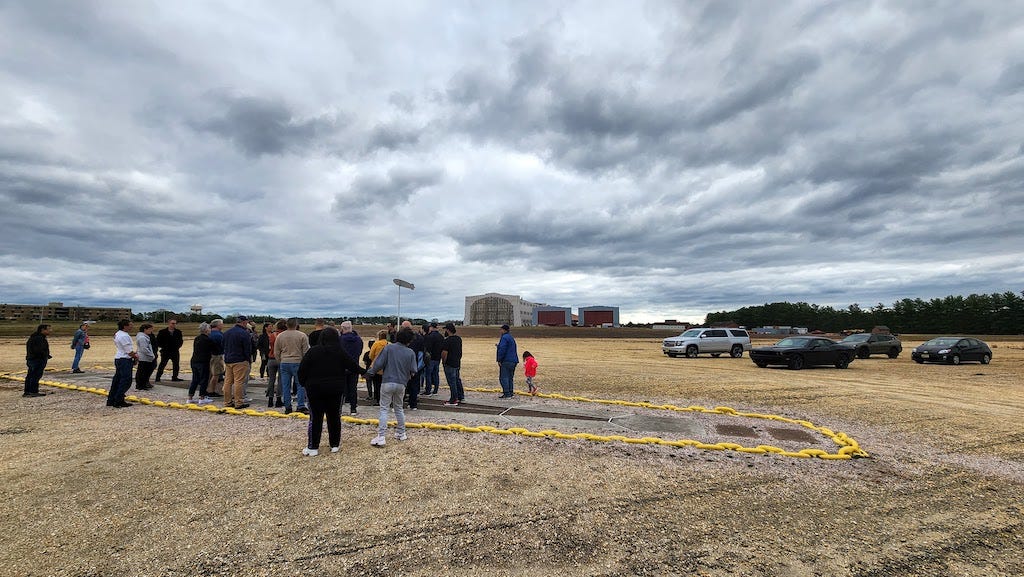
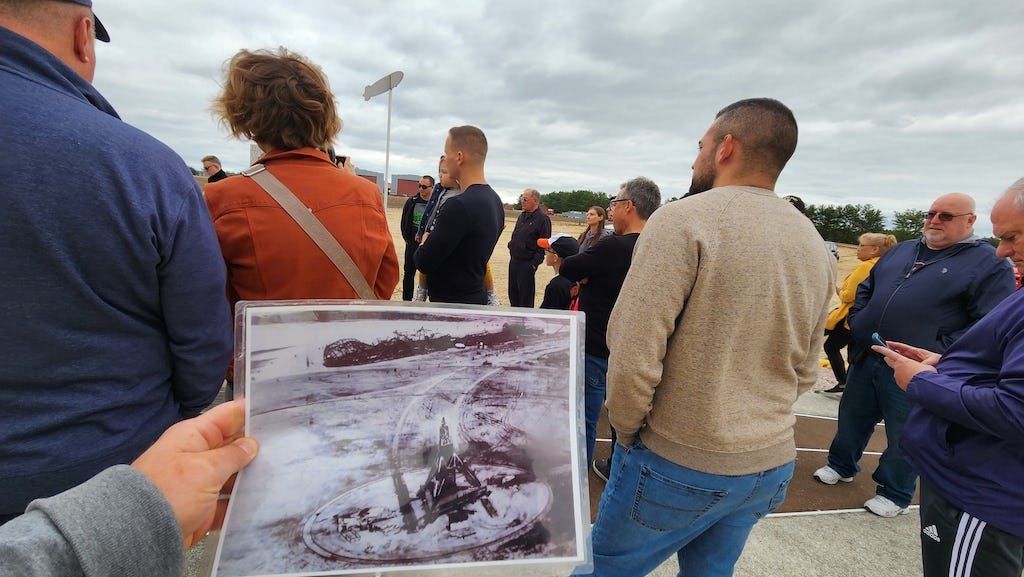


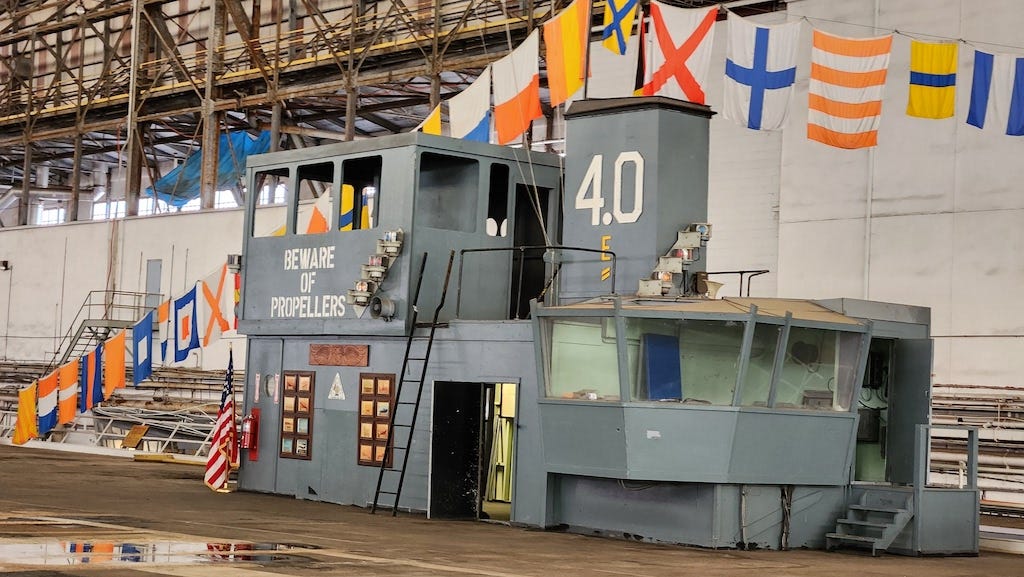
This seemed like it was starting out as a joke, but hoo-boy, that punch line is no laughing matter. Disturbing, bordering on surreal, and well-written!
I felt the same as Larry! I was a little befuddled by all the pomp of making the reservations weeks before & meeting at the church etc etc, but now I have a bit more understanding. Thanks!